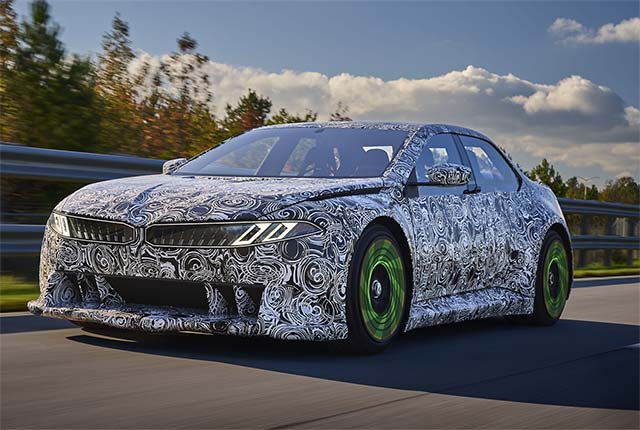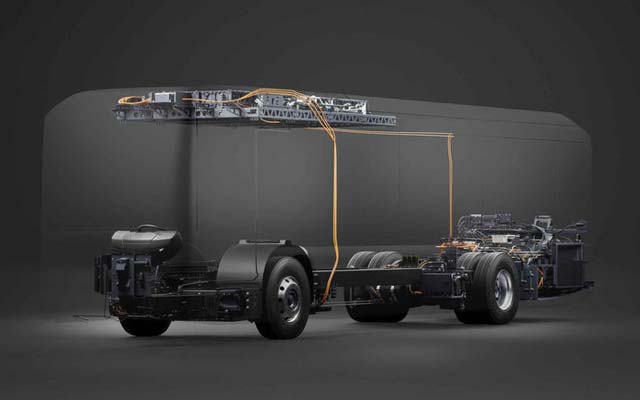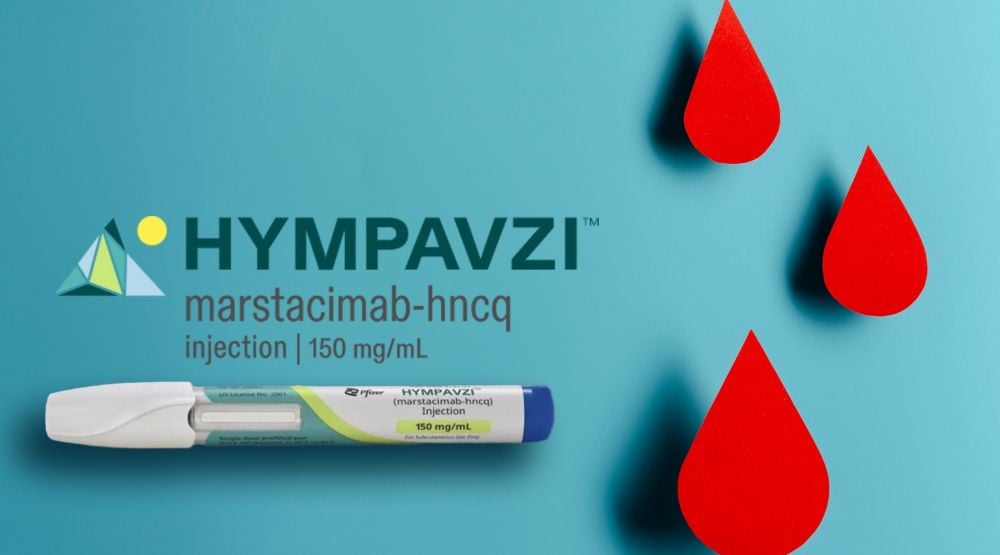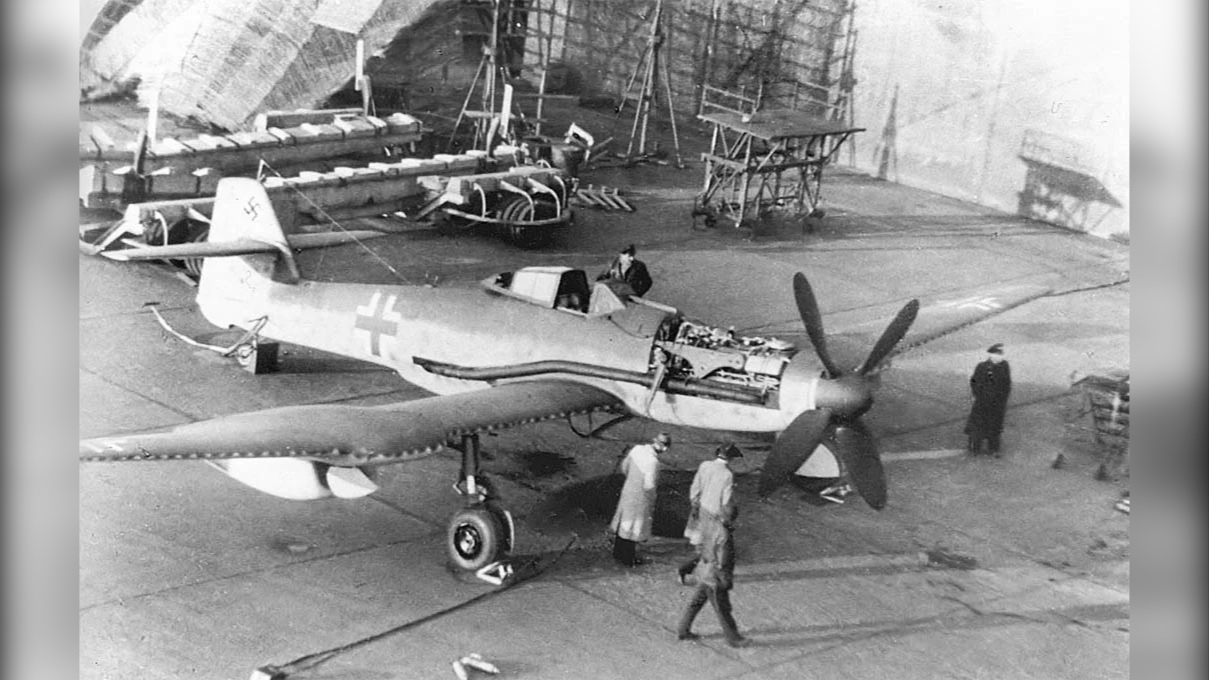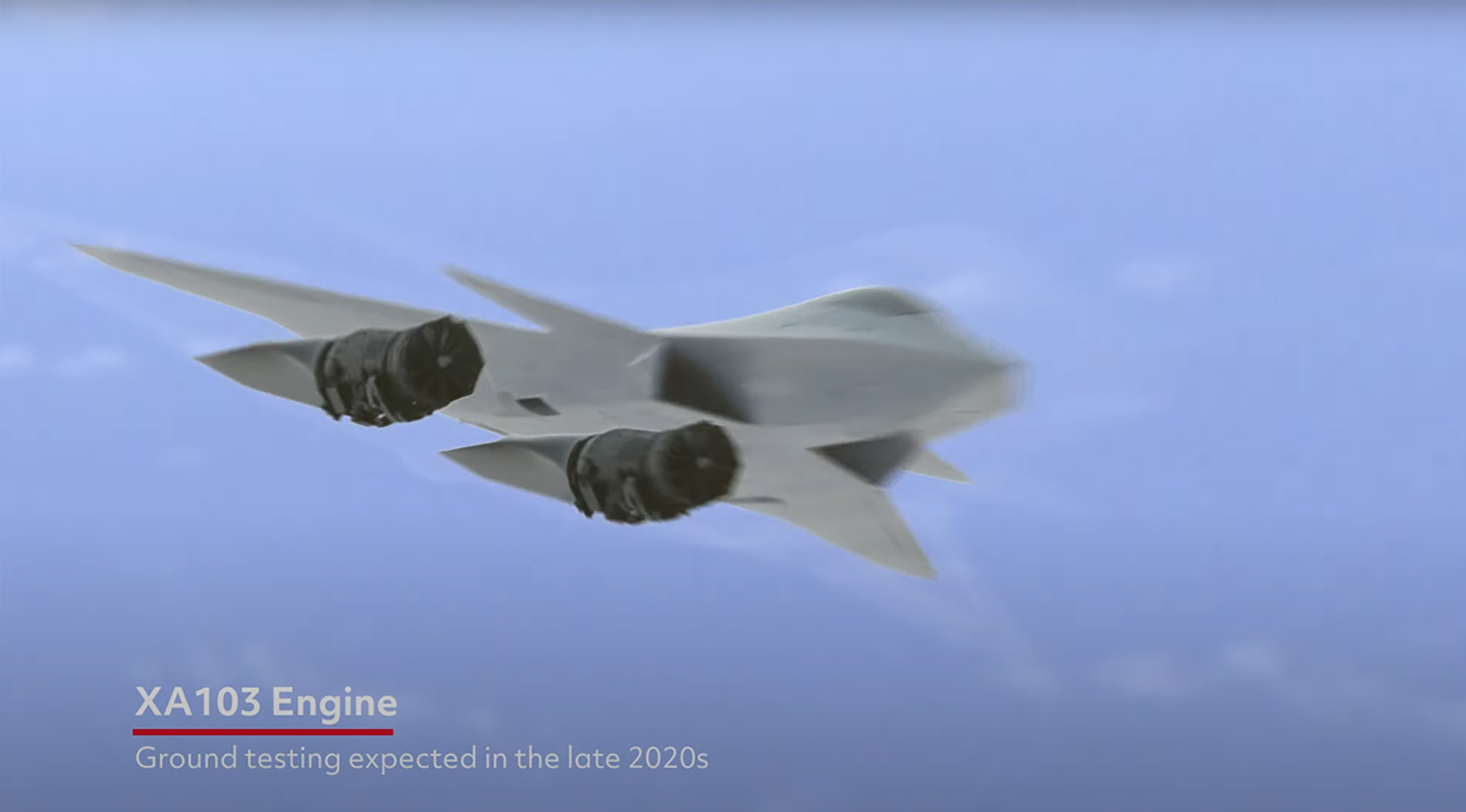Do We Really Have a Driver Shortage?
The trucking world keeps pushing a narrative of a driver shortage. Reality says the problem is more nuanced than that. The post Do We Really Have a Driver Shortage? appeared first on FreightWaves.

For years, the industry has volleyed back and forth over whether we’re truly in the midst of a driver shortage. The ATA says yes, owner-operators and freight economists say no, and in between, recruiters, fleet owners, and drivers themselves are stuck trying to make sense of it all while dealing with a system that feels broken no matter what side you’re on.
But what if the truth isn’t on either end of the spectrum? What if we’re not facing a driver shortage… or a surplus… but a crisis of mismatch?
This isn’t a labor problem. It’s a communication problem, and it’s time we stop shouting past each other and start unpacking what we’re really seeing.
The Case for “Yes, There’s a Driver Shortage”
Let’s be fair. There are real indicators that make the shortage narrative feel legitimate:
- Turnover rates in large truckload fleets consistently exceed 85%
- An aging workforce: The average age of a long-haul truck driver is now 47–49.
- Equipment utilization imbalance: Carriers are sitting on trucks they can’t seat.
- Driver school enrollment is falling in some states.
- Younger drivers avoid trucking because of lifestyle, pay volatility, and regulatory burdens.
Even more nuanced: many fleets are struggling to recruit drivers—especially if their trucks are older, all manual, or lack creature comforts today’s younger workers expect.
Want a fast way to scare off a 26-year-old CDL grad? Hand them the keys to a 10-speed and a sleeper with no inverter.
Now add in regional expectations. A reefer fleet based in Laredo may need bilingual drivers willing to cross the border. A flatbed operation in the Dakotas needs people willing to chain up, tarp, and fight the elements. Finding drivers who match the profile of the job is getting harder—no matter how many CDL holders exist on paper.
So, is it a shortage? In these cases, it might as well be.
The Case for “No, There’s Not a Driver Shortage”
Let’s flip it. The “shortage” narrative collapses under closer inspection when you look at the data:
- Over 400,000 CDLs are issued annually in the U.S.
- FMCSA records show 1.7 million active CDL holders—far more than the number of seats needing filling.
- Independent owner-operators are growing in number, not shrinking.
- During the 2021–2022 freight boom, there was no shortage of drivers—only a shortage of freight discipline.
In fact, SONAR’s data shows that during that boom capacity ballooned. The issue wasn’t that we didn’t have drivers—it was that we had too many untethered drivers running on their own authority, chasing high rates, and not prepared for the cyclical nature of the business. They weren’t gone. They just didn’t want to work for you.
And there’s the heart of the argument: many companies don’t have a driver shortage. They have a recruiting problem, a culture problem, or an equipment mismatch problem.
Want to test this? Talk to a small carrier running late-model automatics, paying premium pay weekly, offering home weekends, and dispatching intelligently. Ask if they’re short on drivers.
You might not like the answer.
Let’s Talk About Pay—Because Everyone Else Does
If there’s one thing both sides of the driver shortage debate bring up—it’s money.
On the “yes, there’s a shortage” side, the argument is simple:
“If we paid more, we’d attract more drivers.”
On the “no, there’s no shortage” side, you hear this:
“Rates were through the roof in 2021 and we still couldn’t keep drivers. So it’s not about money.”
Both sound right. Both miss the point.
Let’s break it down.
Wages Are Higher Than Ever—But So Are the Expectations
Driver wages have gone up. But so has everything else:
- Truck prices
- Insurance premiums
- Maintenance costs
- Inflation-adjusted household expenses
So while gross pay looks impressive, net value hasn’t kept pace. Drivers are smart. They know what their time is worth—and more importantly, they know when they’re being used.
A $1,900 weekly gross doesn’t mean much when you’re sleeping in your cab 5 nights a week, spending $30 a day on fast food, and stuck at docks with no detention.
Spot Market Illusion: Pay Isn’t Just a Number—It’s a Feeling
During the 2021–2022 freight boom, spot rates climbed so high that company jobs couldn’t compete. You had some drivers making $2,000–$2,500 a week on their own. They felt in control. They felt rewarded.
Then came the collapse.
Rates dropped. Fuel didn’t. Brokers squeezed harder. Suddenly, those same drivers couldn’t gross $4,000 a week. Now they’re hunting for freight, chasing payments, and wondering if going independent was a mistake.
But here’s the twist: many of them still don’t want to come back to company driving.
Why? Because it’s not just about what you’re paid—it’s about who controls your time.
It’s about how you’re spoken to.
It’s about whether you’re treated like a partner or a pawn.
A driver will take less money for more dignity and less chaos. And right now, most fleets don’t offer either.
So is pay the issue? Or is it just the easiest excuse to avoid talking about culture, control, and respect?
Pay Isn’t the Problem—It’s the Proxy
Let’s challenge both sides again:
- If you believe higher pay solves the shortage, explain why fleets offering $100,000/year salaries still have open trucks.
- If you believe there’s no shortage because “drivers just don’t want to work,” explain why your ad for a $0.60 CPM job with no home time got zero responses.
Here’s the real question:
Are you paying drivers more for their skills—or just more for their silence?
Because the second they feel strong enough to walk—they do.
Final Thought on Pay
Trucking doesn’t just need better pay. It needs better alignment between compensation, expectations, and quality of life.
Throwing more cents per mile at drivers while treating them like line items won’t fix the problem.
But neither will pretending that money was never part of the equation.
Drivers leave when the math doesn’t work or the respect disappears.
And too often—it’s both.
So What’s the Real Problem?
The question isn’t “do we have enough drivers?”
It’s “do we have the right drivers, in the right seats, under the right business models?”
And here’s where both camps get uncomfortable.
- A company with 50 manual day cabs and no recruiting funnel will scream shortage—while ignoring that they’ve done nothing to make themselves appealing to the modern workforce.
- A freight economist will scream “no shortage!” while ignoring that many carriers with highly specialized equipment (tanks, end dumps, heavy haul and livestock trailers) are pulling from a shallow, aging pool with no backfill.
Meanwhile, regulators keep layering on rules that increase barriers to entry—while the industry fails to evolve the job itself.
This isn’t a shortage. It’s a mismatch in expectations, incentives, and evolution.
Turnover Isn’t Shortage—But It Isn’t Nothing
Let’s talk about turnover.
Some argue it invalidates the shortage argument. If there are so many drivers, why can’t companies keep them?
But that’s only half the picture. Turnover does mean there are enough drivers available—but also that companies are struggling to retain and respect them. You can’t call it a shortage if you’re bleeding out the back door every 90 days.
At the same time, turnover indicates churn, not abundance. A revolving door still creates a vacuum. It slows onboarding. It kills training ROI. And it creates the illusion of scarcity—even when CDL holders are everywhere.
So turnover doesn’t prove a shortage. But it explains why the perception won’t die.
Company Driver ≠ Capacity ≠ Owner-Operator
Here’s the most misunderstood part: driver supply isn’t the same as usable capacity.
A driver with their own authority and a 389 Peterbilt is not a 1:1 replacement for a fleet company driver. They have different goals, different cost structures, and different thresholds for what they’ll accept.
And yet, they get lumped together in stats. Which skews the conversation.
We assume all “drivers” are available to be “employed,” but that’s not true. A growing share of the industry has redefined what participation looks like. They’re lease operators. They’re dispatch-only authorities. They’re day cab independents working load boards like it’s DoorDash.
They’re in the system—but they’re not in your system.
Maybe We Don’t Have a Shortage—We Have a Rejection
Let’s really go there.
What if the problem isn’t that trucking doesn’t have enough people?
What if the problem is that more and more people don’t want to deal with what trucking has become?
What if the issue isn’t supply?
What if it’s refusal?
Drivers who can earn $2,000/week on their own terms are unlikely to come back to a company job that micromanages their ELD and offers $0.56 a mile. And younger workers—who value flexibility, lifestyle, and dignity—don’t want to live in a sleeper and pee in a bottle to keep on schedule.
This isn’t a crisis of numbers. It’s a crisis of trust, design, and value.
So Do We Have a Driver Shortage or Not?
Yes.
And no.
It depends who you ask.
And more importantly—it depends how well you’ve adapted.
If your fleet runs well-spec’d automatics, has a driver-centric culture, pays reliably, and respects work-life balance—you might have a waiting list.
If your fleet is built on the old model, hasn’t modernized, and treats drivers like robots—you probably can’t fill trucks to save your life.
There is no universal truth about the driver shortage.
But there is a universal question every fleet should be asking:
Would you want to drive for your company?
Because until the answer is yes—we’ll keep blaming the drivers, when the real shortage might just be leadership.
The post Do We Really Have a Driver Shortage? appeared first on FreightWaves.























